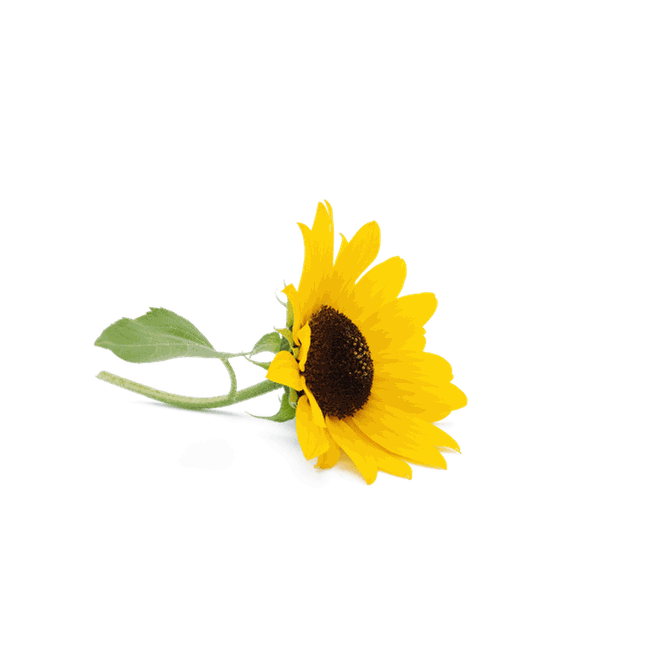Garden Calendar
Planting time!
There is still time to plant roses and ornamental shrubs as long as the ground is not frozen. However, do not work the soil when the ground is wet as this may damage the soil structure. And could result in long-lasting soil compaction. Loosen the soil well before planting. Improve particularly heavy clay soil and light sandy soils by adding a permanent humus concentrate. The permanent humus concentrate ensures lasting soil fertility and improves the ground’s ability to hold water. The more favourable soil structure leads to better aeration in heavy garden soils. By improving the soil in this way, it provides shrubs optimal and lasting growing conditions.
A peat-free, special potting soil is also highly recommended for planting. This special substrate is simply added to the planting hole when planting trees, shrubs and bushes. Light, sandy soils can be enhanced with a natural clay mineral powder.
Storing seeds
Seeds collected in autumn need to be properly stored to ensure they retain their germination properties. They should be protected from moisture and stored in a cool room.
Surface composting of autumn leaves
Leaves make up most of the compost material in autumn and these can be cheaply and easily removed by means of surface composting. To do this, spread a 5 to 10 cm thick layer of autumn leaves around trees, on borders, rose beds and also vegetable beds, sprinkle with a compost accelerator and work into the top layer of soil using a hoe.
By early spring, the leaves will have rotted down almost completely, improving the soil with rich humus. This improves the soil and leads to healthy, lush growth the following spring.
Watering in autumn
Evergreens and coniferous trees often suffer from a lack of water in the winter months as water evaporates from the leaves and needles even in winter. The plants are no longer able to absorb water owing to the persistent frost or lack of moisture. The damage is often only visible in the spring. This is why it is important to thoroughly water evergreens now. Rhododendrons are also grateful if they have a sunscreen in winter. This can help to reduce evaporation through the leaves and avoid drought damage.
Think about frost protection
Mound soil around the base of floribunda roses to protect them from frost. A cover of conifer branches also helps protect sensitive plants from low temperatures. Ornamental grasses such as Pampas grass and Miscanthus should not be cut down in the autumn. Tying up the plants creates a natural winter protection for the plants and also serves to drain off rainwater, protecting the roots from excessive moisture. Ornamental grasses can otherwise easily start to rot.
Winterproof the garden pond
Shallow ponds whose water depth is less than 80 cm can freeze right through in winter and are therefore unsuitable for overwintering fish and frost-sensitive aquatic plants such as water lilies. Waterlilies should therefore be planted in baskets in shallow ponds so that they can be brought out in autumn and stored in a frost-free and damp place in winter.
Do not cut back bulrushes and reeds in autumn. They ensure that the layer of ice on the water does not close completely and allow fermentation gases to escape in this way. If no bulrushes or reeds have been planted in the pond, the effect can also be achieved with a 30-cm-long bundle of straw set into the pond. It should be well secured so that it does not fall over.
Troublesome weeds in the beds
Weeds look particularly out of place when the beds have been cleared.
WeedFree Plus+ Concentrate also works at low temperatures, it can be used from spring to autumn. As WeedFree Plus+ Concentrate only acts on the green parts of the plants, it is also suitable for use under trees and shrubs. WeedFree Plus+ Concentrate is particularly effective.
The agent is also available in a ready-to-use pump spray as WeedFree Plus+.
Tackling voles
Newly planted trees and bulbs are particularly vulnerable to severe damage from voles. Lay a vole trap now to tackle this. Once in position make sure to carefully close the tunnel again. Carrot, celery, beetroot and pieces of apple all make suitable bait.



